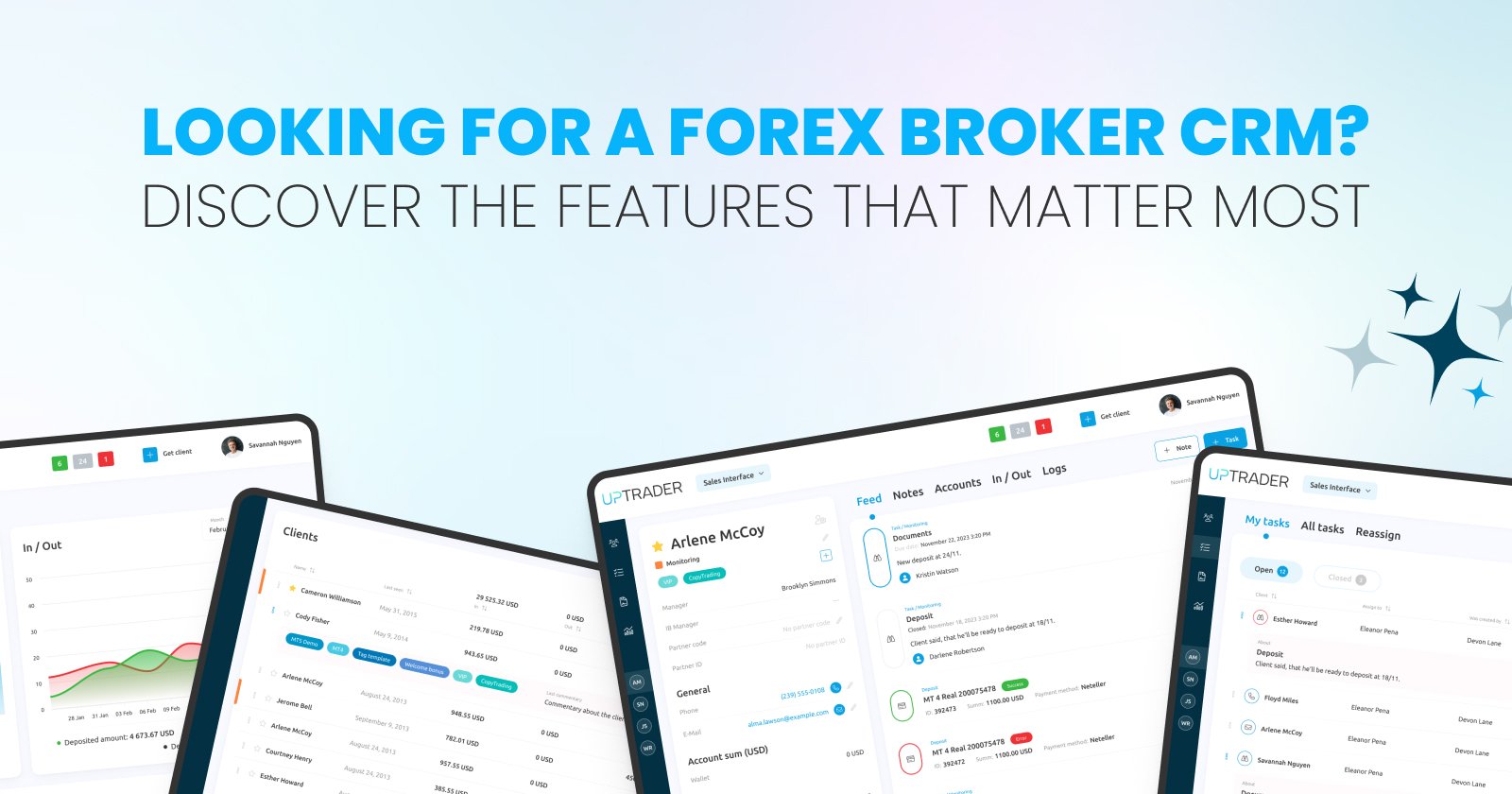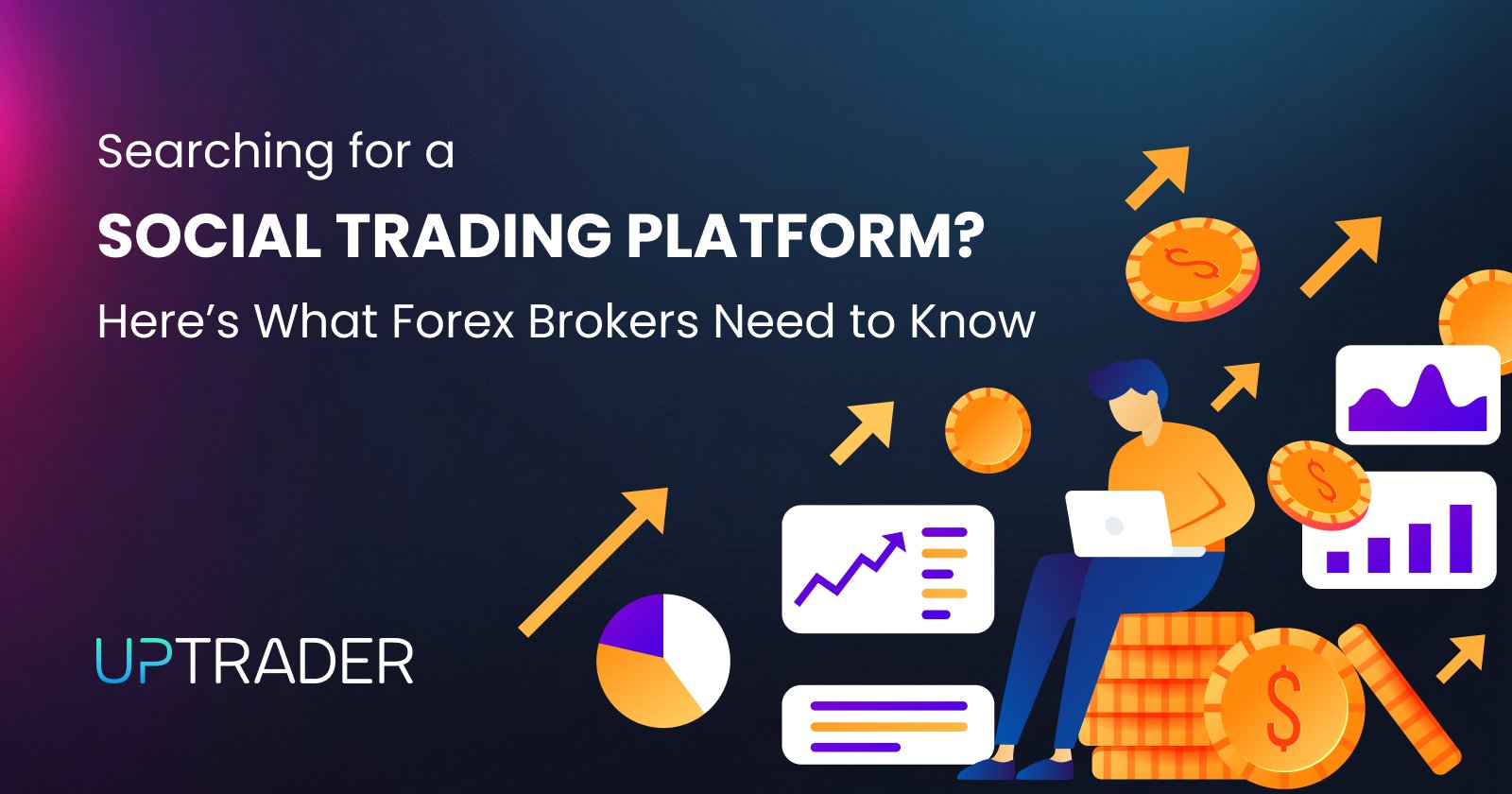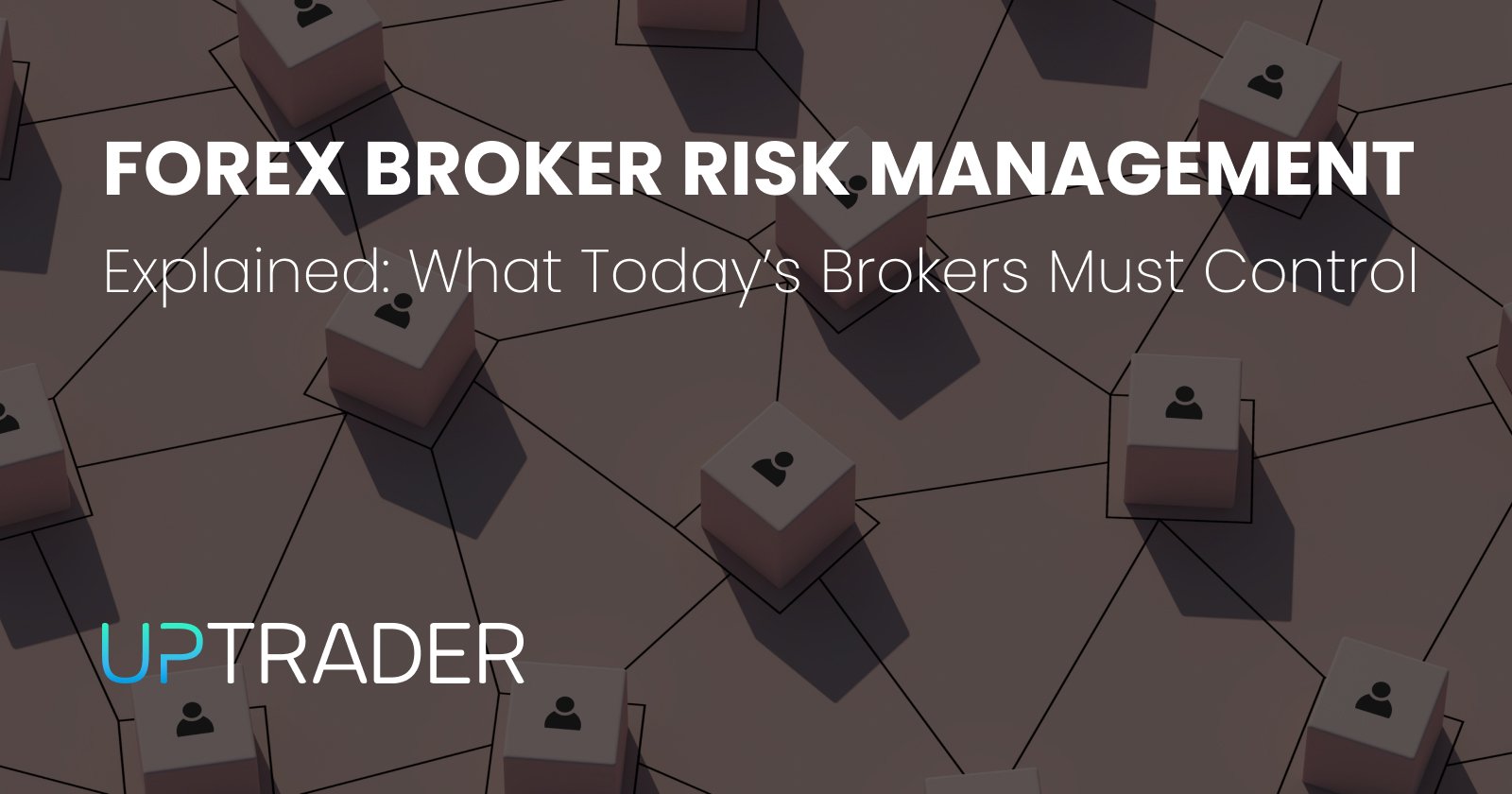Forex CRM: The History.

Share this publication:
The Foreign Exchange (forex) market has undergone significant changes over the last few decades. What used to be a fully centralized system limited to massive corporations and government agencies has evolved into a fully globalized, integrated, and agile Forex market that includes brokers, traders, and fintech companies. One critical underlying technology that has emerged is the Customer Relationship Management systems, or simply CRMs.
The story of Forex CRM software is more than just digital progress; it is a testament to the swift growth of the Forex business, its expanding client base, higher industry standards, and increasing regulatory requirements. In this article, we examine the history and evolution of Forex CRM systems and analyze their crucial functions in brokerage business processes, focusing in particular on the role of automation in brokerage operations and strategy refinement.
The Evolution of Forex CRM.
-
The Early Days of Forex Trading: Pre-CRM Era
The foreign exchange markets' Forex trading prior to the era of digital trading platforms relied on telex, phone, and fax machines for trading purposes. During this era, brokers maintained client records in physical ledgers, filing cabinets, or rudimentary spreadsheet programs.
These outdated methods of record keeping made bookkeeping prone to errors and took a lot of time. In the late 1990s, retail Forex trading emerged, which was fueled by increasing volumes of client inquiries, trades, and transactions. In early 2000, MetaTrader platforms were introduced with a specific focus on Trading Platform 4. It was the first platform to democratize Forex trading and led to a sharp rise in the retail broker market. MT4 had no sophisticated internal systems for client relationship management despite having powerful front-end trading features.
Brokers now suddenly had a huge number of retail clients that required onboarding, KYC, support, marketing, and trading services. There was a critical gap in the market, which fueled demand for complete client lifecycle solutions. This led to the adoption of CRMs in the Forex sector.
-
Adoption of General-Purpose CRMs.
In the middle of the 2000s, some Forex Brokers started using more general CRMs such as Salesforce, Zoho, and even Microsoft Dynamics. Such systems offered rudimentary contact information systems and the ability to automate tasks as well as sales pipelines.
Their integration with Forex trading was almost non-existent. For instance, the CRMs could not interact with the trading platforms MT4 or MT5. There were also no ‘magic buttons’ for things like deposits, withdrawals, trading activity, affiliate networks, and other important trading functions. This meant that brokers had to spend a lot of money on customization or further development to make these CRMs functional for their business processes. Regardless, the concept was appealing. Streamlined client support systems, sales activity tracking, communication monitoring, and lead management offered a centralized system.
Although these Forex broker CRM systems marked a progressive step, they remained inadequate and unoptimized for the complexities of Forex brokers.
-
The Emergence of Custom Forex CRMs
In the mid-2010s, brokers started developing bespoke CRMs for Forex, which was a remarkable landmark in the evolution of Forex CRM software. In contrast to general CRMs, Forex-specific CRMs were designed to work with trading platforms, payment gateways, affiliate systems, KYC providers, and back-office functions.
Among the first distinguishing features of Forex CRMs was the client portal, or ‘Trader’s Room,’ where clients could register, submit documentation, make deposits and withdrawals, and check their accounts. Brokers were now able to observe real-time client interactions, control lead assignment workflows, automate client communications, and glean insights into diverse business metrics.
-
Evolution Driven by Regulation and Competition
With the advancement of technology in the Forex business, other aspects also evolved, such as the Forex regulatory landscape. Regions like the EU, Australia, and Japan started to impose strict regulations.
Brokers were required to enforce strict KYC, AML (Anti-Money Laundering), and privacy policies. At the same time, there was an increase in competition among brokers, which meant better client retention and enhanced operational efficiency. Modern Forex CRMs have adapted quickly and provided these brokers with compliance automation, audit logs, document verification systems, and client risk assessments based on proprietary algorithms. These changes enabled brokers to comply with the manual workflows needed to follow international and domestic regulatory frameworks.
Subsequently, CRMs started providing tailored advanced engagement analytics along with interaction and execution performance analytics for more aggressive strategies. AI was deployed by some to score leads, which enables brokers to interact only with the most viable candidates.
-
Evolution of Modular and Cloud-Based CRMs
The shift of Forex CRMs to cloud computing and modular frameworks during the mid and late 2010s marks another evolution in this field. Brokers could now choose only the components they needed.
With cloud delivery, brokers were able to reduce infrastructure costs while scaling seamlessly and setting up operations quickly. Vendors started offering white label CRMs, enabling brokers and new businesses to surpass established competitors without having to build proprietary systems from scratch. We also witnessed an increase in integrations from other vendors.
CRMs nowadays integrate with email marketing platforms such as Mailchimp, messaging services like WhatsApp and Telegram, and ID verification applications like SumSub and Jumio. Brokers can now customize their business systems thanks to the increased CRM flexibility that comes with this additional integrated “plug-and-play” functionality.
-
Current Landscape: The All-in-One Brokerage Platform
As of today, the difference between a Forex CRM and a complete brokerage platform is vanishing. The majority of modern CRMs offer a one-stop shop for everything a broker requires – from generating and onboarding clients, to integrating the trading platform, payments, compliance, and even post-trade client services.
Some of the market leaders have already started to provide “Brokerage-as-a-Service” models where the CRM acts as a command center for launching and operating a Forex brokerage. Usually, these platforms are offered with out-of-the-box connections to liquidity providers, trading servers, boilerplate legal documents, and even off-the-shelf advertising programs.
We are noticing the implementation of AI, ML, and predictive analytics within CRM systems. These technologies are integrated for forecasting client churn, tailored retention campaigns, trading insights automation, and client support chatbots.
The Future of Forex CRMs
Forex CRM Software will evolve into more automation and sophistication due to relentless technological innovation and increasing regulatory demands.
1. AI to drive Greater Personalization
AI will be harnessed by CRMs to deliver hyper-personalized experiences by providing promotional, educational, and in-depth insight materials tailored to their trading behavior and history.
2. Enhanced Security and Data Privacy
Due to the increase in cyber threats, Forex CRMs will be forced to strengthen protection of data through advanced encryption, limited role-based access, biometric logins, and real-time fraud detection designed for sensitive client data.
3. Real-Time Data and Predictive Analytics
Instant access to critical KPIs will enable brokers to monitor them in real-time. Predictive analytics will significantly improve forecasting for meeting client demands, retention, and sales through proactive engagement with streamlined sales funnels.
4. Increased Interoperability and Open APIs
The demand for interoperability between systems will lead to wider use of open APIs, making it easier for brokers to build custom workflows and connect their CRM with external tools and platforms.
5. Integration with DeFi and Blockchain
As blockchain technology gains mainstream traction, Forex CRMs may begin integrating with decentralized finance (DeFi) tools, offering clients faster, cheaper, and more transparent transaction options.
Conclusion
The history of Forex CRM systems mirrors the evolution of the Forex market itself — from informal, manually managed client interactions to highly sophisticated, automated ecosystems. What started as a simple tool to organize contacts has grown into a mission-critical platform powering entire brokerage operations.
As the market becomes more competitive and client expectations continue to rise, Forex brokers that embrace advanced CRM technologies will be better positioned to scale, comply, and succeed. In this digital age, having a robust, flexible, and specialized CRM system isn’t just an advantage — it’s a necessity.
If these features and words convince you to try and implement our software into your brokerage, you can get a sophisticated demo for our CRM solution by talking to a consultant on our website. We not only offer CRM solutions but also other amazing features with our software.







